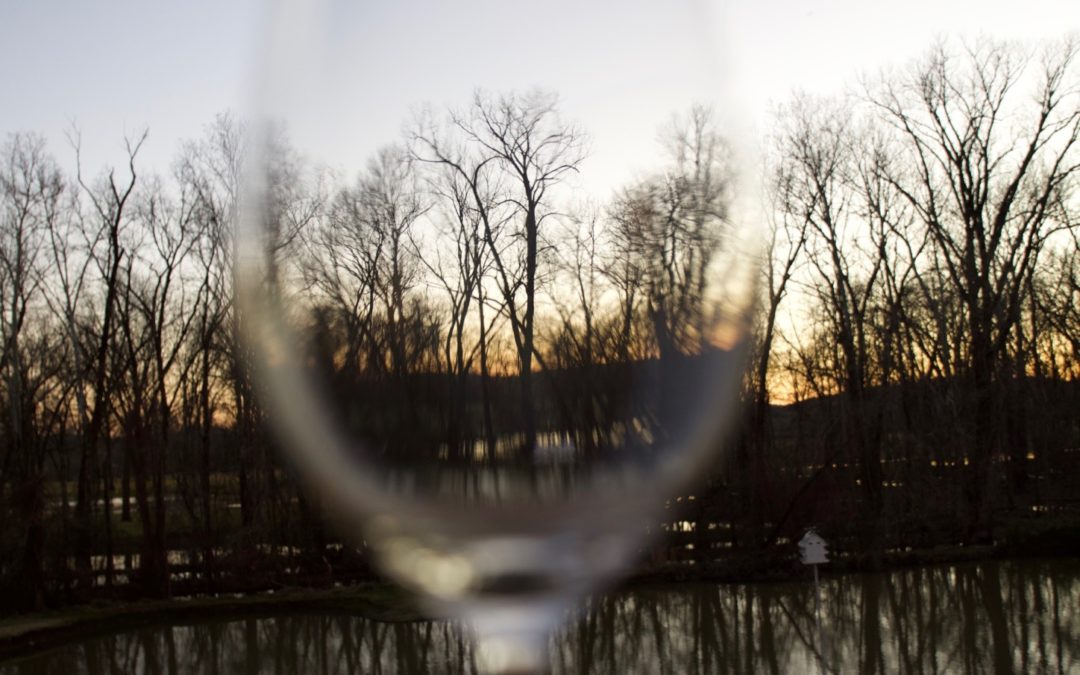An interesting topic many readers have asked me about is whether one can follow the “keto” diet and still enjoy drinking wine.
For those not familiar with the term “keto” is short for ketogenic. The ketogenic diet is a high fat, moderate protein, very low carbohydrate diet. The diet forces the body to burn fat for energy rather than relying on carbohydrates. It was developed to help control epilepsy in children and used under supervision of a physician. However, outside the medical community the term is used rather loosely to refer to many low-carbohydrate eating styles along the lines of Atkins, South Beach and Paleo. The ratio of fats and proteins and whether fruits are allowed distinguishes these diets from one another.
The good news is many wines are low in carbohydrates. The bad news is not all wines are “keto-friendly.”
The ideal “keto-friendly” wine is about 13.5% (or less) alcohol with very little to no residual sugar. It is not that difficult to find wines with 13.5% alcohol but it is difficult to find 100% dry wines.
As I’ve written before, residual sugar refers to the amount of sugars in a wine after fermentation. Before grapes are fermented into wines, they contain lots of natural sugar. When the yeasts consume the sugar they produce alcohol. The yeast will continue feeding and converting all of the sugar until it has been consumed or when the winemaker halts fermentation with an additive. When fermentation is stopped before all of the sugars are consumed the amount remaining in the wine is called residual sugar.
This is where it gets tricky. With some wines, even when the wine tastes “dry” it may still have up to 30 grams of residual sugar. More bad news is the residual sugar is not going to be listed on the label. The United States has no labeling requirements for nutrition. But there are a few key things to keep in mind and ways to find out how much residual sugar a wine has.
- Your best option is to go straight to the source. Many wine brands’ websites include “tech sheets.” The technical sheets, or fact sheets, often include information such as the varietal content, varietal origin, alcohol by volume, pH and residual sugar.
- European wineries tend to produce the driest styles.
- Champagnes with “brut” and “extra brut” generally have the lowest residual sugar.
- Value driven wines sometimes contain the highest amount of residual sugars.
- Higher alcohol does not always mean low residual sugar. The highest alcohol wines (such as zinfandel, shriaz, grenache) can sometimes have high levels of residual sugar because these wines start out with a lot of sugar in the grapes.
- Common sense is that most “sweet” tasting wines will have higher RS so avoid moscato, Port and dessert wines.
THE VALUE
- 2018 Ecco Domani Pinot Grigio, Italy (about $10 retail)
THE SPLURGE
- 2018 Bonterra Pinot Noir, California (about $22 retail)
